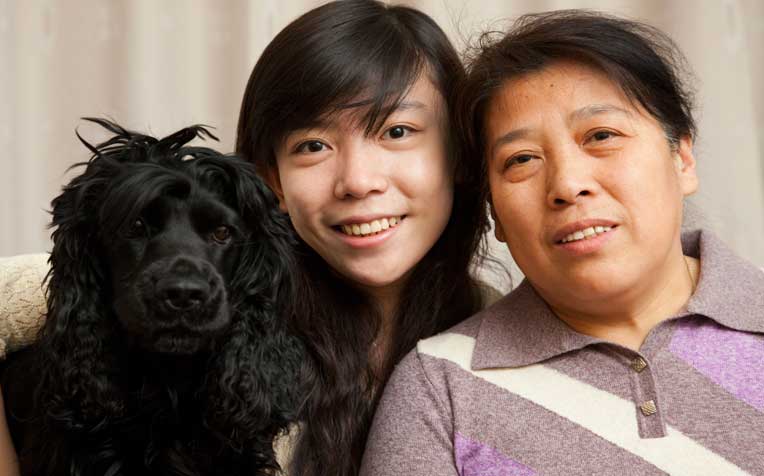
Eye bags can be caused by ageing or lack of sleep.
What causes eye bags?
Eye bags occur when fat tissue behind the lower eyelids bulge forward. This happens when the membrane in the eyelid, which holds the fat back, weakens with age, says the Oculoplastic Department at Singapore National Eye Centre (SNEC), a member of the SingHealth group.
Some factors that contribute to eye bags include lack of sleep, water retention, excessive eye rubbing and untreated eye or systemic diseases. It is important to undergo regular health checks with your medical doctor to exclude any underlying medical conditions.
What does eye bag surgery entail?
During eye bag surgery, the protruding fat is repositioned, and in some cases, excess fat and skin under the eyes is removed.
What are some complications that might be encountered?
Doctors are conservative when removing excess lower eyelid skin. This is to prevent the lower eyelid from turning out after surgery – a condition called ectropion. which would expose the inner membrane along the lower edge of the eye .This complication can result in poor eyelid closure and dry eyes.
"We have to judge carefully how much excess skin we can remove, without risking such complications. As such, there may still be fine lines under the eye after surgery," says our specialists.
Surgeons also avoid the inferior oblique muscle hidden in the fat, as disturbing it can cause double vision. The muscle – located at the base of the eye – is responsible for the movement of the eye.
Surgeons take care not to pull excessively on the fat as this can trigger haemorrhage or bleeding behind the eye that can result in visual loss. "This is very rare, but it has been reported in the past when the trend was to remove as much fat as possible."
Surgery for eye bags
There are two different approaches to eye bag surgery.
- Transconjunctival approach: A cut is made on the conjunctival surface (inner surface of the lower eyelid) through which a bit of fat is removed. There is no scar, so healing is faster. It is suitable for patients in their late 30s to early 40s who have fairly elastic skin and mild bulging of fat. It is also ideal for young thyroid patients with increased fat volume around the eyes.
Subciliary transcutaneous approach: A cut is made through the skin below the lower lash line and the inner membrane is opened up. The sagging fat is repositioned or removed. If the lower eyelid is lax, the muscle or tendon of the outer eye corner is tightened for improved support. It is suitable for patients with excess skin, which can be removed during the surgery.
Click to next page to read about double eyelid surgery.
Ref. H24
Contributed by

















 Get it on Google Play
Get it on Google Play